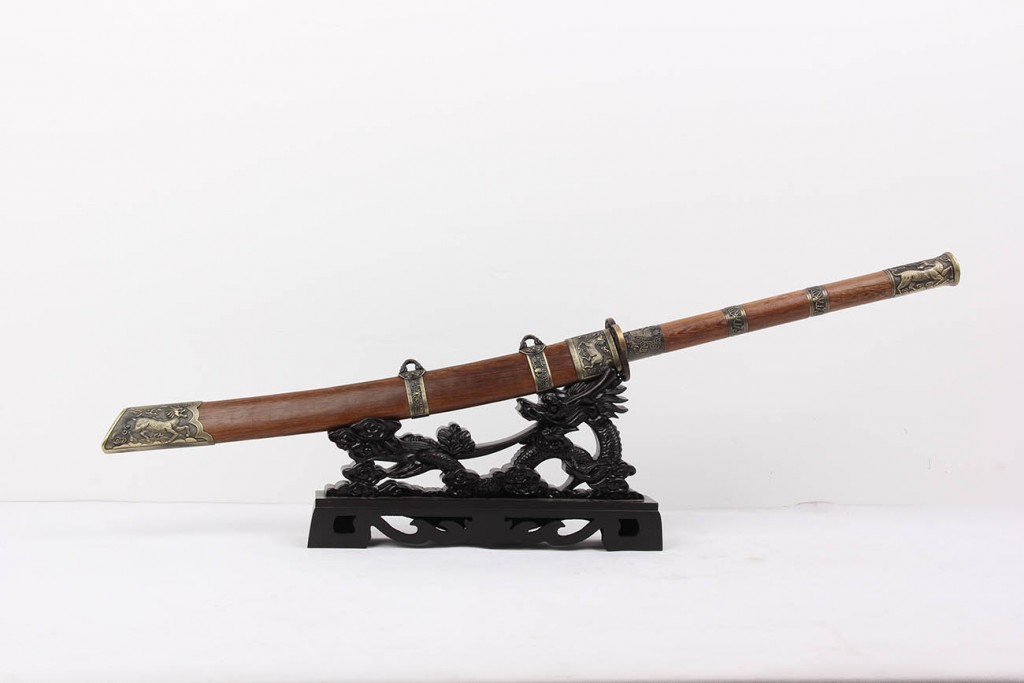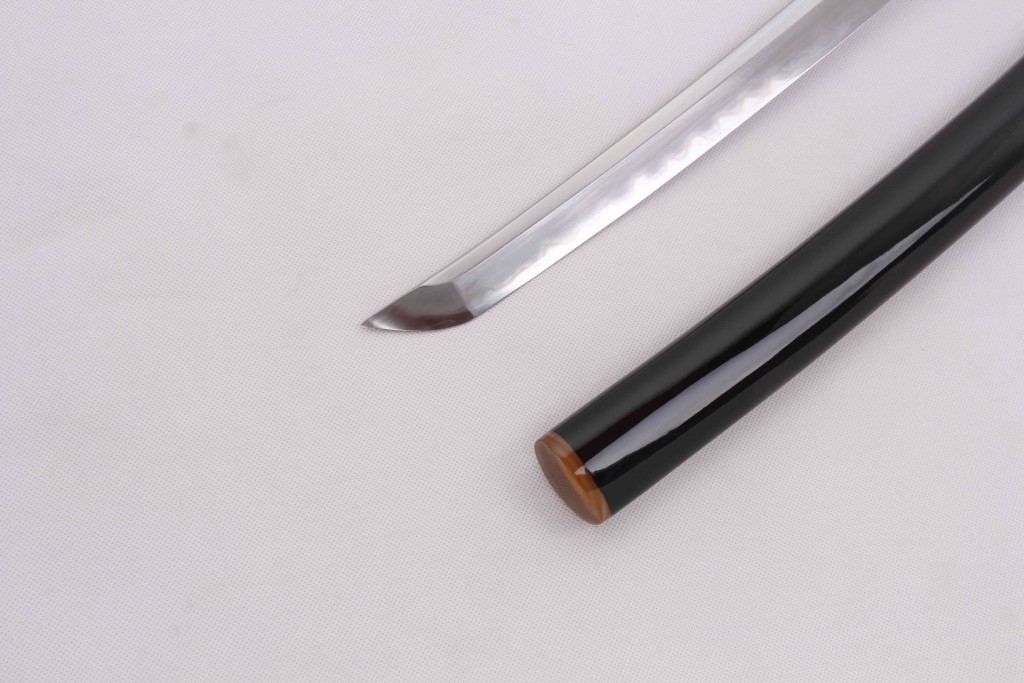Just a quick update on Project X Japanese – The pre-orders for Kenshin and Kurobuke, models 1 and 3 respectively, are on their way out the door after being checked and inspected. Blade activity is very prominent in this generation, and so far we have found nothing but stunningly good quality specimens (the best Soshu Kitae outside of Japan quite possibly!) – so you guys who are getting tracking numbers at the moment, you sure are lucky..!
We will give it another week or so to allow all the pre-order customers to safely receive their swords before we offer the very last round of the best of what is left (and as I mentioned, it is ALL very nice – so far, no rejects or scratch and dents). So stay tuned, it is all a happening!
– Paul
P.S. Be sure to subscribe to the Project X Newsletter for additional time senstive information.
P.P.S. A sneak preview of a new secret Project X offshoot we are working on RIGHT NOW..
Stay tuned folks, it is going to be a lot of fun and a unique, never before seen experience (which is exactly what Project X is all about, right?).
– Paul








